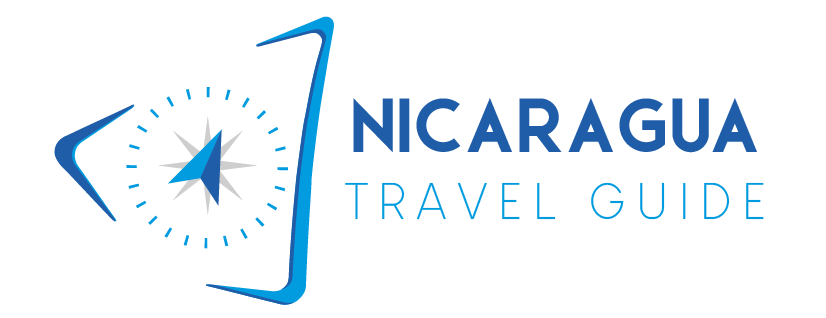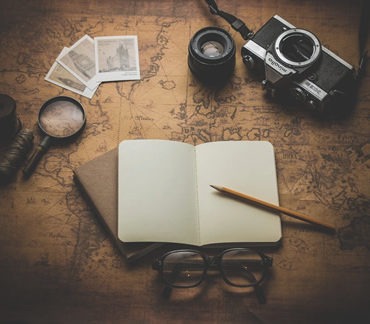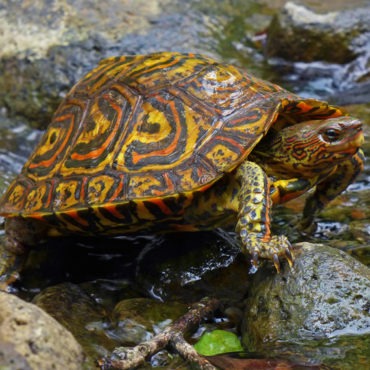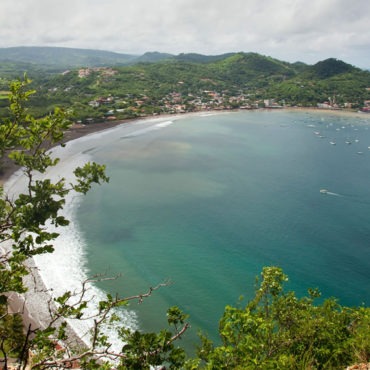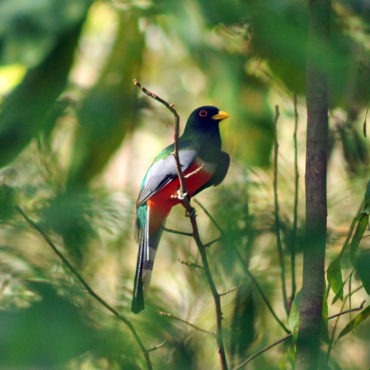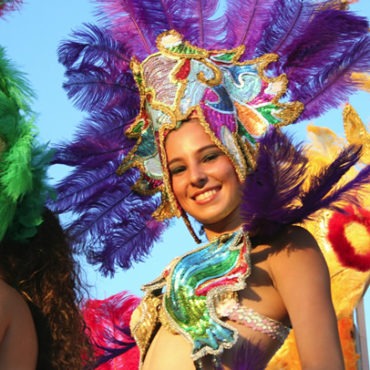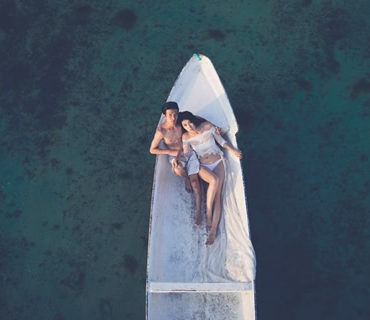Discover Nicaragua: Your Gateway to Authentic Exploration
Since 2002, Nicaragua Travel Guide has been dedicated to providing travelers with the most comprehensive and trustworthy resources for exploring Nicaragua. We believe that the best way to experience this stunning country is through authentic, local perspectives—whether you’re venturing into the jungles, discovering colonial towns, or simply soaking in the beauty of Nicaragua’s coastlines.
We don’t operate tours ourselves, but we recommend trusted, local tour operators who share our values of responsible travel and authentic, immersive experiences. These operators handle the in-country logistics, ensuring your trip is well-planned and worry-free while you focus on experiencing Nicaragua in its truest form.
Travel Planning with Local Experts
Recommended local on-site tour operators specialize in offering diverse, custom-tailored itineraries. Whether you want to hike an active volcano, explore the colonial charm of Granada, or dive into the wild beauty of Río San Juan, these expert teams will take care of every detail, ensuring a smooth and enriching journey.
What sets these tours apart is their deep commitment to sustainability and authenticity, bringing you face-to-face with the real Nicaragua—far from the usual tourist trails—while respecting local culture and the environment.
Nicaragua Location and Population
Nicaragua is Central America’s largest country at 130,000 km2. It is bordered by Honduras and the Gulf of Fonseca in the north, Costa Rica in the south, the Caribbean Sea in the east and the Pacific Ocean in the west. Nicaragua is home to just over 5 million people, making it the least densely populated country in Central America.
Nicaragua Geography
The Pacific basin is blessed with a spine of more than 50 volcanoes that run from the northern Pacific Gulf of Fonseca, south into Lake Nicaragua. 7 of these are active and 14 sport crater lakes.
The Pacific basin is separated from the central and northern mountains and eastern rain forests by Central America’s two biggest lakes: Lake Managua and Lake Nicaragua. Lake Nicaragua is the 2nd largest in Latin America at 8,264 km2 and is home to over 450 volcanic origin islands, including the world’s largest volcanic lake island, Isla Ometepe and 5 distinct archipelagos. Lake Nicaragua’s western-most point is only 18 km from the Pacific Ocean, but drains into the Caribbean Sea by means of the San Juan River’s 190 km length.
A full 10% of Nicaragua is covered by lakes, rivers and lagoons, 35% is covered in forests. The remaining 55% is a mixture of grazing and farmlands with scattered villages and cities. Please see our “Country Information” page for more details on Nicaragua’s nature reserves, colonial cities, villages, beaches and volcanoes.
Nicaragua Food – The Nicaraguan Eating Experience
Nicaragua is a unique travel destination in that is has all the classic flora and fauna that attracts visitors to the tropics, yet to simply view Nicaragua as an ecotourism travel destination is to ignore many of the pleasures that make visiting Nicaragua so enjoyable. Travel to Nicaragua is much more than nature, with Nicaraguan culture being as rich as it is and its food being the best in Central America, a visit to Nicaragua is a complete travel experience.
While vacationing in Nicaragua it would be a pity not to try some of the local foods and local guides are very useful in this regard, with so many travelers to Nicaragua being timid at the table, guides can help the traveler to Nicaragua get the best out of the Nicaragua kitchen.
We invite those who travel to Nicaragua to savor the subtle beauty of the Nicaraguan kitchen. We do not suggest that you won’t ever encounter a plate that has gone over the line with salt or a fruit drink that has been mixed too sweet, and that is where your guide needs to help, to avoid those misses. The net result for visitors is that most of the time you can really taste the food here, and that might not be such a bad thing.
Nicaragua Weather
Nicaragua enjoys an average temperature of 27°C (80°F) year-round. Humidity averages 65%.
There are two seasons, green and dry.
The green season is from mid-May to mid-November, the dry season from late-November to early-May. Rain during the green season is normally limited to short and powerful bursts with longer showers at night.
The hottest time of year is at the end of the dry season, from March to May, while the coolest period is from October to January. The most pleasant and beautiful time to visit Nicaragua is from June to January, unless visiting the San Juan River and Solentiname rain forest area, when the months of July, August and the period from December to March are best.
Getting to Nicaragua: Your Guide to International Flights
Nicaragua Travel Guide is here to help you plan your journey, starting with how to get to this incredible country. With Managua International Airport offering modern facilities and services, it’s easy to begin your adventure as soon as you touch down.
Several international airlines operate flights to Managua, including:
- American Airlines: non-stop flights from Miami
- United Airlines: non-stop flights from Houston
- Spirit Airlines: non-stop flights from Ft. Lauderdale
- Copa Airlines: non-stop flights from San José, Costa Rica, Panama, and from Guatemala
- Avianca: connects with Miami, and non-stop flights from San Salvador
If you’re flying from Europe or other regions, you can also catch non-stop flights to neighboring countries, followed by a short connecting flight to Managua. For example, Avianca and COPA offer non-stop service from different cities in the US and Canada to El Salvador and Panama, and there are also direct flights to Panama City from both the USA and Europe, with easy connections to Managua.
How to Book Your International Flight
Nicaragua Travel Guide does not sell international flights, you can book tickets directly through airlines or with a travel agent in your country of origin.
Currency in Nicaragua
The official currency in Nicaragua is the Córdoba (C$), and the current exchange rate is 36.62 cordobas to 1 US dollar. US dollars are widely accepted at most hotels, restaurants, and businesses, but you’ll usually receive change in cordobas. It’s a good idea to carry small denomination notes for your arrival.
Credit cards (Visa, MasterCard, American Express) are commonly accepted in most major cities. ATMs are plentiful in Managua, Granada, and León, but less common in rural areas, so be sure to withdraw cash when you’re in the larger towns. San Juan del Sur has ATMs available as well.
Travelers’ checks are only exchangeable in Managua, and Euros or other foreign currencies cannot be exchanged locally. Keep in mind that the Costa Rican Colón can only be exchanged in Costa Rica or at border crossings between the two countries.
Visa and Entry Requirements for Nicaragua
Visitors to Nicaragua should have at least 6 months of passport validity and a return flight ticket to their country of origin. Citizens from most countries, including the US, Canada, and most Western European nations, do not require a visa to enter Nicaragua.
A small number of countries do require a visa. If you are unsure, check with your local embassy for specific visa requirements.
Travel for Physically Challenged Visitors
While Nicaragua’s infrastructure may not be fully adapted for travelers with physical disabilities, improvements are gradually being made, and Nicaraguans are known for their warm hospitality and willingness to assist visitors. If you have specific mobility needs, let us know, and we’ll be happy to connect you with suitable tour options.
Taxes, Tips, and Fees
- Airport entrance tax: US$10
- Airport exit tax: US$32 (usually included in the cost of your flight, but confirm with your airline)
- Land border crossing taxes: US$10–13, depending on the crossing
In most restaurants, a 10% tip is included in your bill, though it’s always appreciated if you leave more for exceptional service. Sales tax (IVA) is 15%, including on hotels. Most tour packages include taxes and tips for meals where applicable.
Nicaragua’s Time Zone and Electricity
Nicaragua follows Central Standard Time (CST), which is the same as Chicago time in the USA. During daylight savings time, Nicaragua is effectively on Mountain Standard Time (MST), like Denver. The electrical voltage is 110V, and the standard American two-pronged plugs are used.
Preparing for Your Trip
If you plan to take photos or videos, it’s best to bring all necessary equipment and supplies with you, as the availability of specialized batteries and accessories is limited in Nicaragua. Stock up on spare batteries before your trip!
Why Nicaragua?
Travel to Nicaragua has evolved significantly over the years. What was once seen as a destination for only the most adventurous travelers is now an increasingly accessible and vibrant place to visit. With a range of accommodation options—from budget hostels to boutique hotels—and the same rich cultural and natural beauty, Nicaragua has become a favorite for travelers from around the world.
Though tourism is growing rapidly, Nicaragua has managed to retain much of its original charm. It’s still a place where the pace of life is relaxed, and its unspoiled nature offers visitors an opportunity to experience a destination far removed from the crowded, commercialized tourism of other countries.
Whether you’re flying from the US or Europe, Nicaragua offers a quick escape to an exotic destination. Just 2-3 hours from Miami, it’s closer than you might think—and waiting for you to explore.
